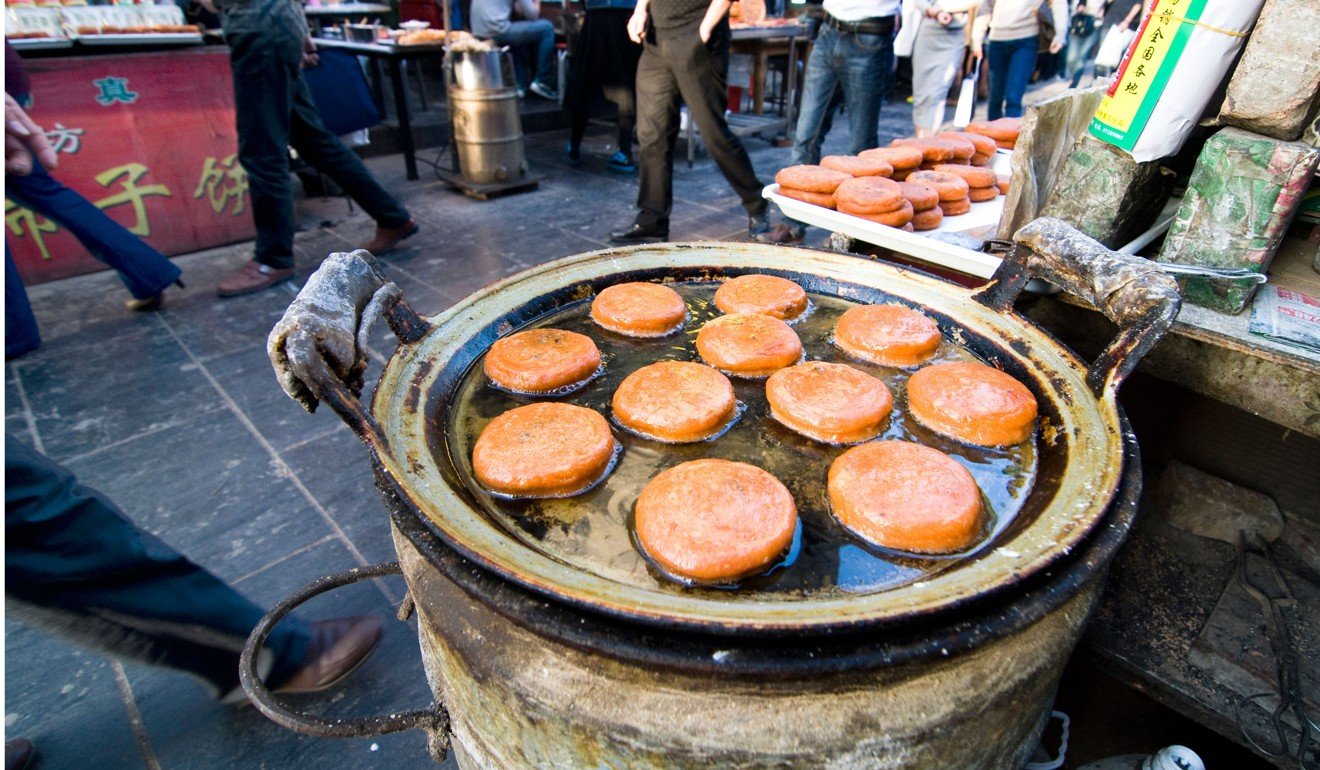
Persimmons: where they come from and how to eat them – squishy, crunchy or cooked
A look at the origins of a fruit that is cultivated across the world, but is most revered in Japan, where there are even haikus dedicated to it
Autumn sees piles of luscious golden or tawny, tomato-like fruit fill the aisles, and consumers hotly debating whether they are best eaten crunchy or squishy.
There are several varieties and cultivars of the fruit but dominating the commercial market is Diospyros kaki – the Japanese/Chinese/Oriental/Asian persimmon. D. kaki can be divided into two groups: the astringent varieties, represented mainly by the hachiya cultivar, which are inedible until they are soft-ripe; and those that bear non-astringent fruit, the predominant variety being fuyu, which can be eaten when firm, even crisp as an apple.
The fruit and veg to eat for headaches, insomnia, stomach pain and sloth
D. kaki, known to have existed in China for more than 10,000 years – it was an important pre-historic food crop in Japan and Korea, too – became domesticated through the Qin and Han dynasties (221BC-AD220), with large-scale cultivation during the Tang (618-907) and Song (960-1279) periods. Introduced to Japan in the 7th century, and cultivated from the 10th century, the persimmon is the country’s national fruit, with innumerable haikus dedicated to it.
The Greek “dios” (“divine”) and “pyros” (“wheat”, “grain”), though it is a berry, give the fruit its genus name. Interestingly, its epithet derives not from its Chinese name 柿 (shì), but from the Japanese kaki. This is the name adopted in several languages, including the Italian cachi; the Castilian Spanish, Catalan, Galician and Portuguese caqui; and the Finnish and English kaki, the latter recorded in 18th-century accounts of Japan.
The East Asian country was the source of the first seeds and grafted trees sent for cultivation in the United States in the late 1800s, and cultivars for southern Europe and West Asia in the 19th and 20th centuries. There is also a Sharon fruit, a D. kaki cultivar from Israel, named after the Sharon plain there.

And what about the name persimmon? It comes from Virginia Algonquian “pichamins”/“pushemins” – Algonquian being one of the most widespread North American indigenous language groups – the name for the American persimmon Diospyros virginiana, an important element of Native Americans’ diet and creation myths.
First documented in English in Captain John Smith’s 1612 Map of Virginia, the term “persimmon” expanded in the mid-1800s to include D. kaki varieties.
So, have it crunchy, jellylike or cooked, because, as they said in the early-1900s US: that’s persimmon – or, that’s fine!

